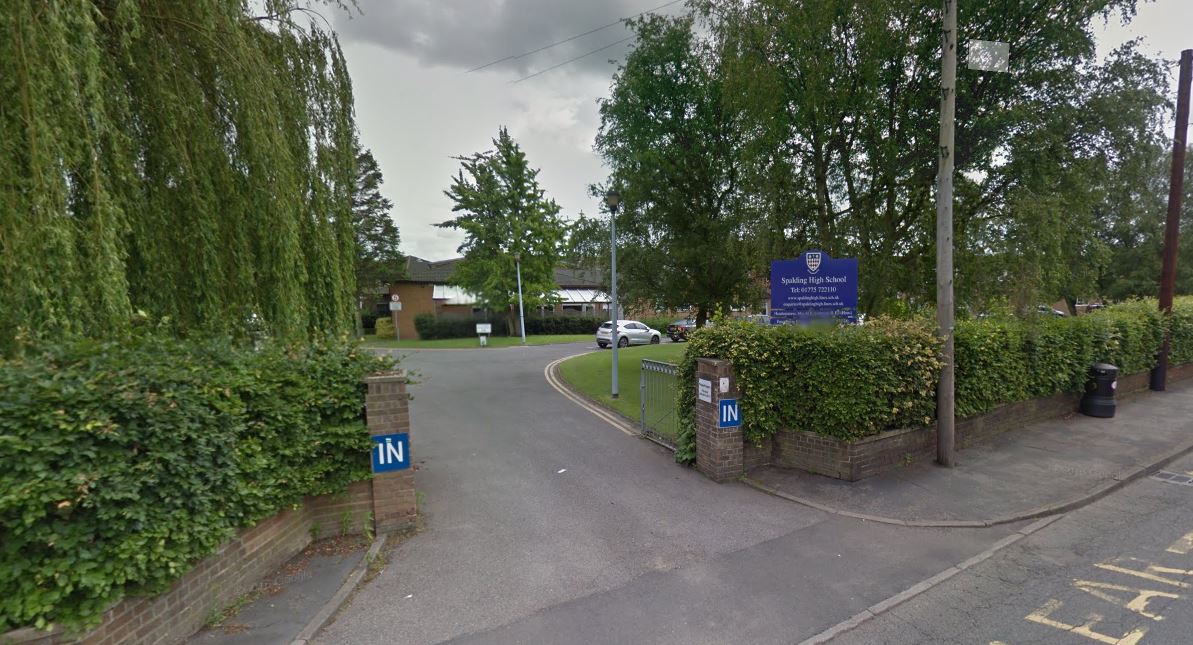Plans for an energy storage plant on land near Spalding power station have been submitted.
The array of battery banks could provide enough power for 277,000 homes a year if approved.
Submitted on behalf of InterGen, the proposals for the Battery Energy Storage Site (BESS) is adjacent to the open-cycle gas turbine power station which was commissioned in 2019.
The storage will take power when there is less demand and release it when required.
The land was formerly home of the town’s sugar beet factory, which was demolished in 1996.
The facility comprises of battery arrays housed in container-like enclosures and will have a capacity up to 550 megawatts when fully charged.
The final design will depend on a variety of factors, including power capacity and storage hours and the proposal has been designed to be flexible in terms of the exact location of the containers.
“At the current time, the UK’s energy market continues to evolve rapidly, both pressured and supported by the UK Government’s 2050 Net Zero target. A key enabler to the 2050 net zero target and wider energy market decarbonisation is the development and deployment of energy storage technologies including BESS,” says the accompanying design and access statement.
The proposed hours for construction HGV movements will be 7am to 7pm Monday to Friday and 8am to 4pm Saturday. The report says there will be an average of five two-way movements a day.
Site access will be via the existing power station gate off West Marsh Road.
When complete, the BESS will be unmanned and have remote continuous monitoring with regular visits for servicing and maintenance.
Each phase will have an operational lifetime of up to 25 years.
The application, to South Holland District Council, shows the BESS array will be connected to the National Grid via the Spalding north electricity substation.







